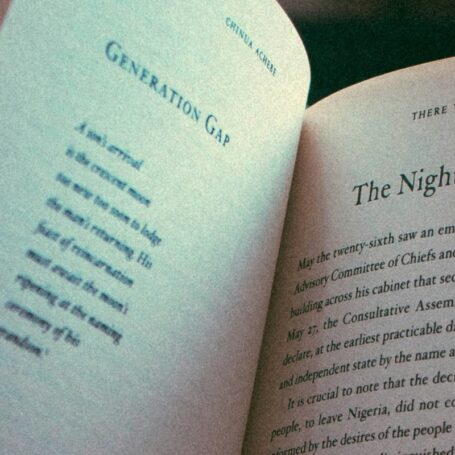The $20 Blender Dilemma: How Different Data Can Create the Perfect Mix
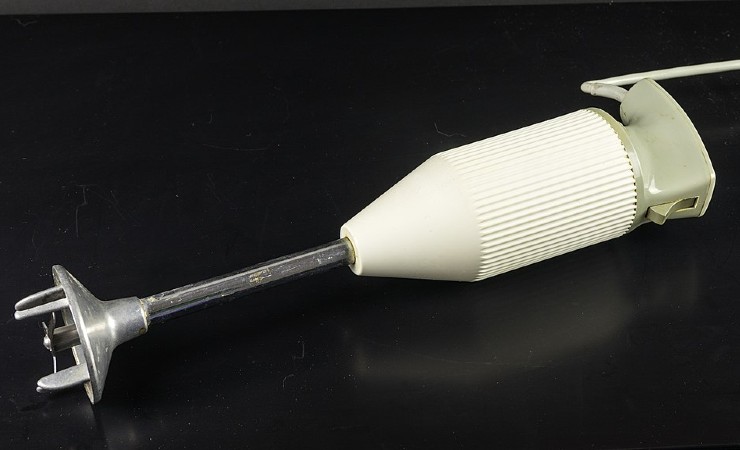
In this fourth response to Ziyad Marar’s thought piece “On Measuring Social Science Impact” from Organizational Studies, Mike Taylor argues that using multiple metrics and data points has become the default in so many of our daily decisions; the same should be true of our research publication choices.
If we’re going to invest in a hand-held blender, and all we want to spend is $20, we’re likely to take into account a number of factors. Speed, weight, power to name but three. Add-ons, charging power, even the manufacturer’s reputation likely will come into our buying decision. So why, then, if we are spending much more than $20 on an article – whether through an OA fee to publish, or a subscription to read — would we just take one metric into account? And especially (keeping to our metaphor!) when it was designed to describe a washing machine, and one built many decades ago?
The research world has become much more sophisticated, especially in the world of open access publishing. Researchers, publishers and other stakeholders go to considerable effort to ensure that their research is widely read, accessible and shareable.
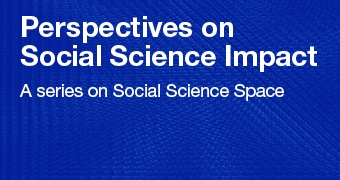
It is commonly accepted in the research evaluation community that different disciplines exhibit different citation speeds. A computer science paper’s citations are likely to have plateaued within two years of its publication; a paper on theology most likely is still waiting for its first citation.
Other forms of citation are no different: when we measure impact using Altmetric data, we can clearly see that different fields exhibit different behavior over time. We can measure online conversations linked to research on social media platforms (a phenomenon known to drive traffic to an article); we can monitor the citations that form evidence on Wikipedia (the fourth most visited website in the world) across a variety of languages; and we can track the citations placed by the authors of policy documents as they seek to build the policies that shape our world.
In each case, the social sciences exhibit a unique profile. Together, with the humanities, the social sciences continue to gather attention on Twitter many years following publication.
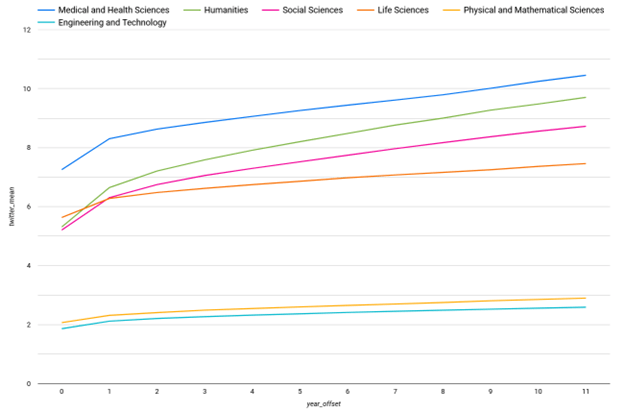
The humanities (the slowest set of disciplines for citations) are the most cited on Wikipedia, whereas the social sciences dominate policy citations.
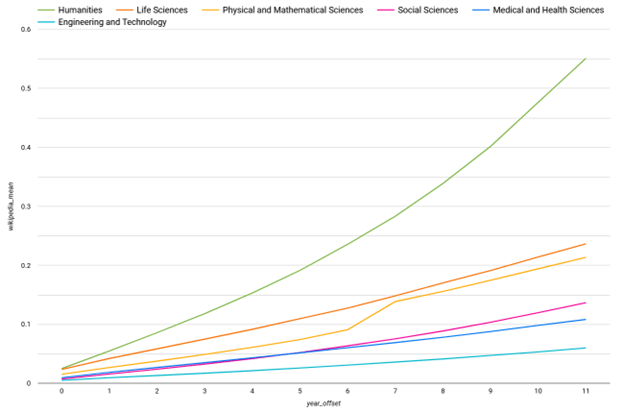
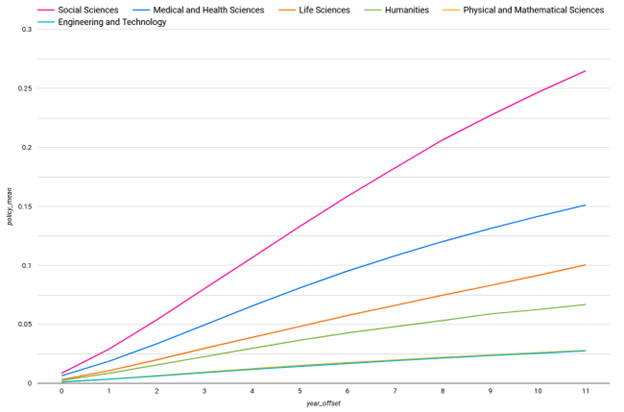
Not one single metric can encapsulate the importance of a field, and for those fields that are slower (but broader), this is especially true. The social sciences have a unique impact on society, transforming research into social engagement, informing public dialogue and affecting social policy.
So, before you spend that $20, take a moment to add a few more ingredients to your list and create a richer mix.



